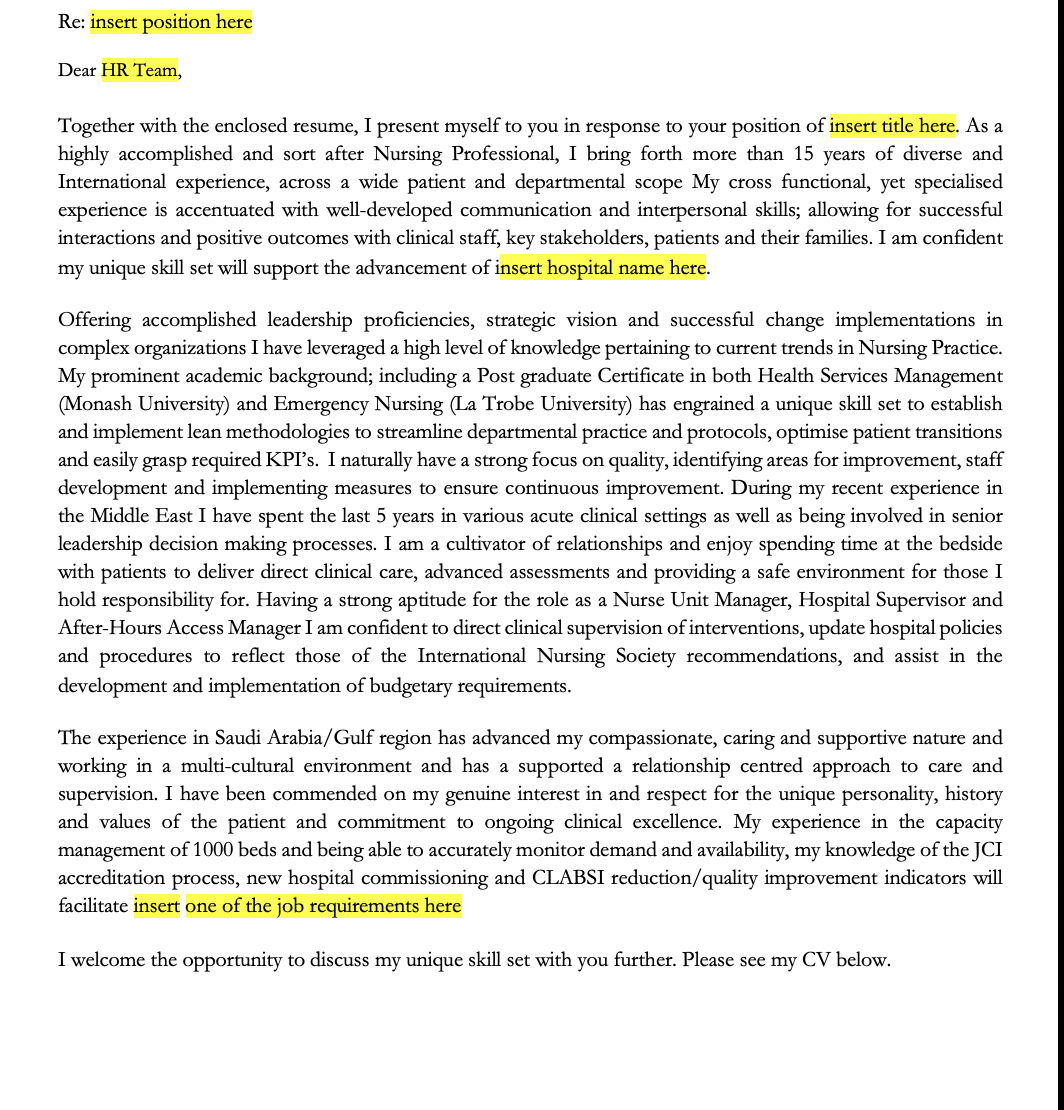For professionals in many fields, getting hired depends on more than their skills. It also involves how they present themselves — that is, their personal branding.
Personal branding can be valuable in any line of work.
After all, standing out from the crowd is what personal branding is all about, and that’s a plus in any industry So before you begin your next job search, be sure to consider these five pieces of personal branding career advice:
1. Understand what personal branding means
This step is essential for using branding most effectively. Your personal branding starts with your skills, experience and where you've worked. But it also includes your career aspirations and your industry and social involvement.
In other words, personal branding combines your resume and goals and brings them to life for your job search.
2. Know who you want to be
Creating a personal brand is essentially establishing a reputation that you’ll then market. So the first piece of career advice here is to decide who you want to be.
It may help to think in terms of adjectives. Do you want to be known as hardworking? Approachable? Dependable? Inventive? Adaptable? The clearer you are on who you want to be, the stronger your personal brand will be — and the more you’ll impress hiring managers.
3. Look at yourself from the outside
How does your own view of yourself match up with how others see you? Personal branding is the art and science of working to make these two perceptions line up exactly.
So you need a clear understanding of how others view you to help refine and optimize your brand. For example, ask yourself: What do co-workers want your advice on? What positive reinforcement have you received in performance reviews? And where does the feedback you’re getting not quite line up with the self-image you want to present? Then you can adjust and improve your performance until the outside perceptions align more closely with your own.
4. Plan ahead
Keep in mind that your personal branding is part of the ongoing process of achieving your goals. For example, if you want to be a CFO or CEO, you can cultivate a personal brand that presents you as a leader, a visionary — someone who instinctively sees the big picture.
Then, whenever you’re searching for your next job, you can use that personal branding when writing your cover letter and answering interview questions. You’ll come off as the CFO long before it’s time to apply for C-suite jobs.
5. Own your brand online and offline
Once you’ve designed your personal branding, it’s time to make it part of your daily actions. Practice presenting yourself the way you want to be seen. That is, bring your brand to life. And don’t forget to tweak your online presence to match as well — especially on LinkedIn, the top social media site for job searches.
Want to know more about personal branding? Trisha offers a masterclass that will help transform your LinkedIn, which you can access here.
Trisha Chapman
Managing Partner: impressiveCV

![Settling the Difference between “Digital Transformation, “Digitalization”, and “Digitization” [SOLVED]](https://images.squarespace-cdn.com/content/v1/5ccc4fc992441b0bec3fb03c/1650602045603-1KXG8C8QP5H65MOWC205/unsplash-image--uHVRvDr7pg.jpg)









